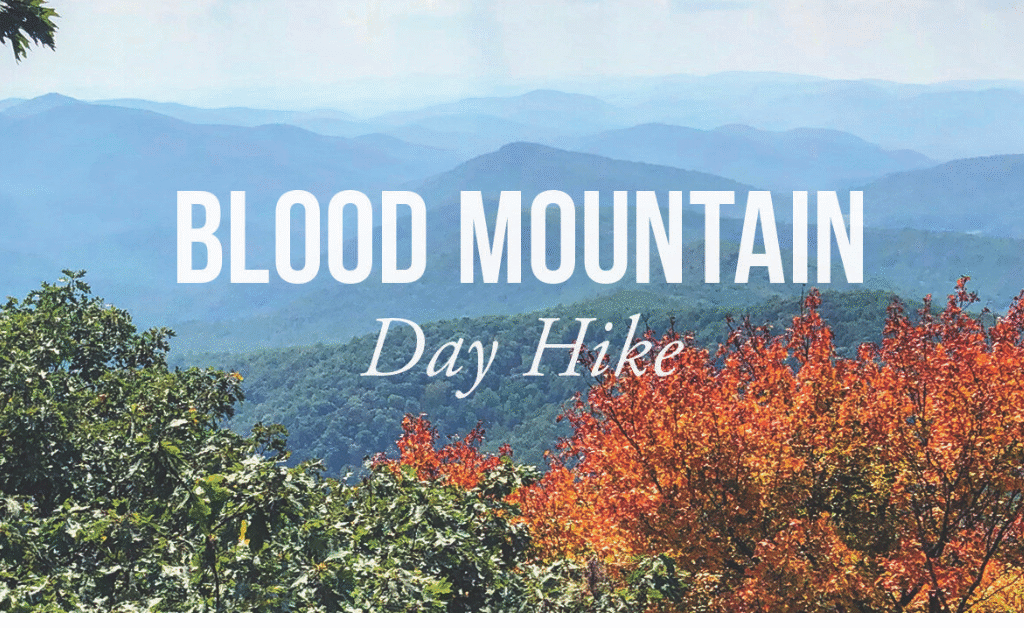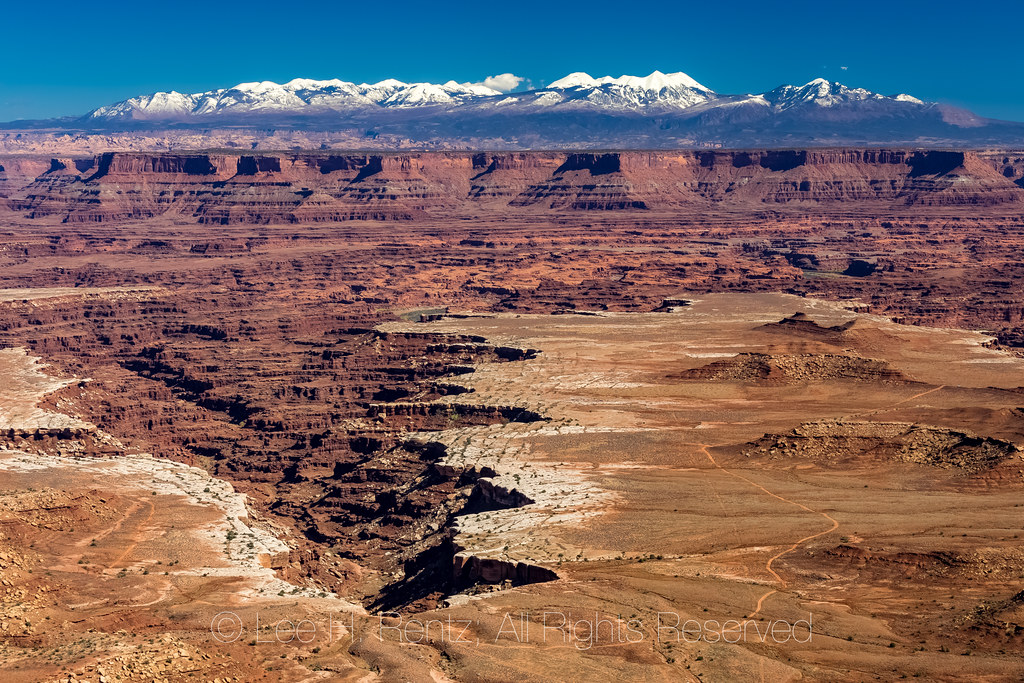Introduction: A Peak Wrapped in Legend and Beauty
Blood Mountain is not just a towering landmark in Georgia’s Chattahoochee National Forest—it’s a powerful symbol of natural majesty, ancient legend, and outdoor challenge. As the highest peak on Georgia’s section of the Appalachian Trail, Blood Mountain draws thousands of hikers, adventurers, and spiritual seekers each year. But beyond the scenic views and rugged trails, the mountain carries a rich tapestry of Native American history, myth, and natural wonder that few other summits can rival.
In this article, we’ll dive deep into the physical, historical, and cultural significance of Blood Mountain, uncovering the legends behind its name, the reasons for its popularity among hikers, and what makes it one of the most enigmatic and captivating locations in the southeastern United States.
1. Where Is Blood Mountain?
1.1 Geographical Location
Blood Mountain is located in northern Georgia, within Union and Lumpkin Counties, and it stands prominently within the Chattahoochee-Oconee National Forest. It is part of the Blue Ridge Mountains, a segment of the larger Appalachian Mountains range.
1.2 Elevation
Blood Mountain rises to an elevation of 4,458 feet (1,359 meters), making it the sixth-highest peak in Georgia, but the highest point along the Georgia section of the Appalachian Trail.
2. The Origin of the Name “Blood Mountain”
2.1 A Name Shrouded in Legend
The origin of the name “Blood Mountain” is the subject of many legends, most of them rooted in Cherokee and Creek Native American folklore. According to oral history, the mountain was the site of a fierce and bloody battle between the two tribes. Some stories even claim the soil was stained red with blood, hence the name.
2.2 Myth or Fact?
While historians debate the factual accuracy of the tales, the legends persist, adding a sense of mystery and reverence to the mountain. Regardless of historical truth, the cultural weight of the name gives the location a mythic aura, attracting those interested in the mystical side of nature.
3. Blood Mountain and the Appalachian Trail
3.1 A Key Trail Landmark
Blood Mountain is one of the most iconic spots on the 2,190-mile-long Appalachian Trail (AT). Hikers ascending from Neel Gap face one of the steepest climbs on the Georgia portion of the trail, but they are rewarded with panoramic views that stretch across the Blue Ridge Mountains.
3.2 Neel Gap and Mountain Crossings
Just south of Blood Mountain lies Neel Gap, a famous AT waypoint where hikers often rest, restock supplies, or even leave the trail. The historic Mountain Crossings store, located there, is a legendary spot known for its symbolic “shoe tree” and gear advice.
4. Natural Features and Wildlife
4.1 Unique Flora and Fauna
Blood Mountain is home to diverse ecosystems. Its slopes are covered in oak, hickory, rhododendron, and mountain laurel, which bloom beautifully in spring and summer. In autumn, the foliage bursts into vibrant reds and oranges, making it a photographer’s dream.
Wildlife includes:
- Black bears
- White-tailed deer
- Wild turkey
- Owls and hawks
- Various reptiles and insects
Hikers are advised to follow Leave No Trace principles and carry bear-proof containers, especially when camping overnight.
4.2 Weather Conditions
The weather on Blood Mountain can be unpredictable. Fog, wind, and sudden temperature drops are common. Snowfall is rare but possible in winter, making the trails slippery and dangerous without proper gear.
5. Hiking Blood Mountain: What to Expect
5.1 Popular Trail Routes
Several trailheads lead to the summit:
- Byron Reece Trailhead (most popular)
- Freeman Trail (loop option)
- Blood Mountain Loop Trail (combines AT, Freeman, and Byron Reece trails)
The hike from the Byron Reece Trailhead is about 4.3 miles round trip, with an elevation gain of over 1,400 feet. The climb is considered moderate to strenuous, depending on your fitness level.
5.2 The Stone Shelter at the Summit
At the summit lies a historic stone shelter built by the Civilian Conservation Corps in the 1930s. Though rustic, it serves as an emergency refuge for hikers. It offers no amenities—just four walls, a roof, and an unbeatable sunrise view.
6. The Cultural and Spiritual Significance
6.1 Native American Legacy
Blood Mountain is part of the ancestral lands of the Cherokee Nation, and its legends are passed down through generations. Today, the mountain is considered sacred by some, serving as a place of reflection, vision quests, and spiritual awakening.
6.2 Modern-Day Pilgrimage
Many modern hikers describe their journey to Blood Mountain as more than just physical exercise. Whether through solitude, meditation, or the sheer challenge, the mountain becomes a personal journey—a symbol of overcoming internal and external obstacles.
7. Preservation and Conservation
7.1 Environmental Threats
As Blood Mountain becomes increasingly popular, it faces several challenges:
- Trail erosion
- Litter and human impact
- Overcrowding during peak seasons
7.2 Protection Efforts
Organizations like the Appalachian Trail Conservancy, Georgia Appalachian Trail Club, and US Forest Service work to:
- Maintain trail conditions
- Promote sustainable tourism
- Educate visitors on conservation practices
By following trail rules and respecting the ecosystem, visitors can help ensure Blood Mountain remains pristine for generations to come.
8. Tips for Visiting Blood Mountain
8.1 What to Bring
- Hiking boots with ankle support
- Plenty of water (no reliable summit source)
- Snacks or energy bars
- A map or GPS (cell service is limited)
- Rain gear or weather-appropriate clothing
- First aid kit
- Bear-proof food container if camping
8.2 Best Times to Visit
- Spring: Cool temperatures, blooming wildflowers
- Fall: Stunning foliage, crisp air
- Summer: Popular but hot—start early to avoid heat
- Winter: Peaceful and quiet, but risky due to ice and cold
8.3 Safety Reminders
- Stay on marked trails
- Don’t hike alone if inexperienced
- Let someone know your itinerary
- Carry a whistle or emergency beacon if going off the beaten path
9. Blood Mountain in Pop Culture and Literature
9.1 Featured in Books and Films
it has appeared in trail memoirs, survival guides, and even documentaries about the Appalachian Trail. Its mystique has made it the backdrop for countless stories, both real and fictional.
9.2 Inspiring Writers and Creators
From poets to YouTubers, many have tried to capture the emotional and visual impact of Blood Mountain. Its mix of danger, beauty, and mystery makes it a favorite for creative minds.
FAQs About Blood Mountain
Q1: Why is it called Blood Mountain?
The name likely stems from Cherokee and Creek legends describing a bloody battle fought there. While unconfirmed historically, the story is a strong part of the mountain’s mystique.
Q2: Is dangerous to hike?
It can be, especially for unprepared hikers. Steep climbs, rocky terrain, and unpredictable weather mean you should come equipped and aware of your limitations.
Q3: Can you camp on Blood Mountain?
Yes, but camping regulations apply. You must use bear-resistant containers and may need permits depending on the season. The stone shelter is also available on a first-come, first-served basis.
Q4: Are there bears on Blood Mountain?
Yes, black bears are native to the area. While sightings are rare, hikers should take precautions by storing food properly and avoiding feeding wildlife.
Q5: Is suitable for beginner hikers?
While not impossible for beginners, Blood Mountain is a challenging hike. If you’re new to hiking, start with shorter nearby trails before attempting the summit.
Q6: Is there cell service on the mountain?
Cell service is spotty or nonexistent in most areas. It’s best to download maps offline and avoid relying solely on smartphones for navigation.
Conclusion: A Peak Worth Every Step
It is more than just a destination—it’s an experience of nature, history, and personal growth. Whether you’re drawn by the Appalachian Trail, the legends of ancient battles, or the serene views from the summit, it promises a journey you won’t forget.
Its towering presence reminds us of the balance between beauty and challenge, solitude and connection, myth and reality. If you’re seeking your next great adventure—or your next great transformation—of awaits.



